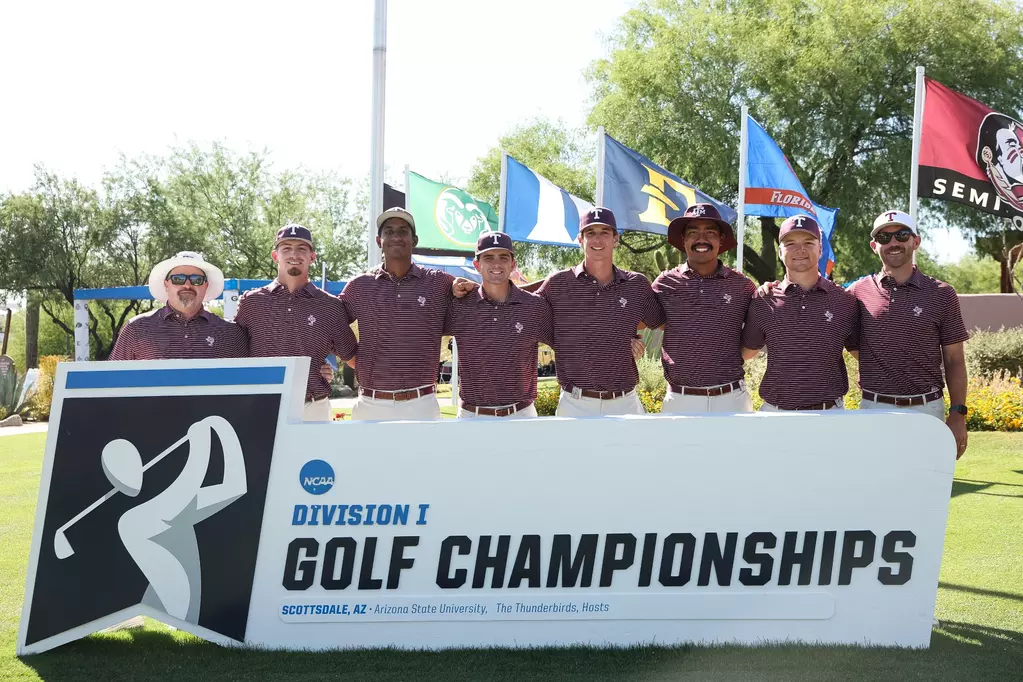Why Niche College Sports May Be on the Way Out

A handful of sports at U.S. universities rake in billions, while most others bleed money. For decades, schools justified this by funneling football and basketball revenue into less-watched programs like squash, water polo, rowing, and field hockey.
But this system was deeply unfair. The athletes driving the big money—disproportionately Black and from lower-income backgrounds—were exploited to fund teams that few people even watched.
Recent legal changes now allow colleges to pay these star athletes directly. This has alarmed supporters of niche sports, whose teams may be cut to fund salaries for revenue-generating athletes. “That’s not fair,” Cochise Wanzer, father of twin collegiate divers, told The Washington Post after both sons lost roster spots due to budget cuts.
Fairness aside, compensating athletes who create immense value is long overdue. If that means some diving or squash teams are cut, so be it. Athletic budgets are finite.
Even when nonrevenue sports receive support, they often serve wealthy students. Scholarships, travel perks, and waived academic obligations for a handful of squash or rowing players pale in comparison to opportunities denied to equally talented chess or music students. Much of the funding comes from other students’ tuition—James Madison University, for example, charges every student $2,362 annually to support athletics.
Historically, college sports were modest and amateur. The first intercollegiate rowing race at Yale in 1852 involved students who paid their own way. Over time, football and basketball became highly professionalized, generating huge revenue that subsidized smaller sports. Athletes, meanwhile, were prohibited from earning anything off their performance, leading to glaring inequities.
Consider Reggie Bush at USC. His football performance generated tens of millions for his school, yet NCAA rules punished him for accepting minor benefits like a car loan or family airfare. Many college stars don’t turn pro, meaning years of effort and value creation went uncompensated.
Things began to shift in 2021, when the Supreme Court ruled against certain NCAA restrictions, opening the door for athletes to profit from their name, image, and likeness (NIL). In 2025, a legal settlement allowed schools to pay athletes directly—up to $20.5 million annually per school.
The result: nonrevenue programs may face cuts to protect budgets for paid athletes. Some fear that women’s sports will suffer, but Title IX protections ensure cuts affect men and women equally. Realistically, schools will maintain their most popular teams while less-watched sports may vanish.
Critics worry about losing niche sports, often pointing to their Olympic value. Yet most college athletes never reach the Olympics, and many Olympic sports have little intercollegiate presence.
Cutting niche programs might actually improve fairness. Schools could focus on admitting the most qualified students, funding education over hobbies, and distributing aid to those who need it most—while students pursue sports as a personal passion, not as a path to perks or scholarship.
Granting scarce resources based on talent in small sports is one model—but not necessarily the right one. Paying the athletes who actually generate revenue aligns incentives and fairness with reality. The rest? Let them play for love of the game.

